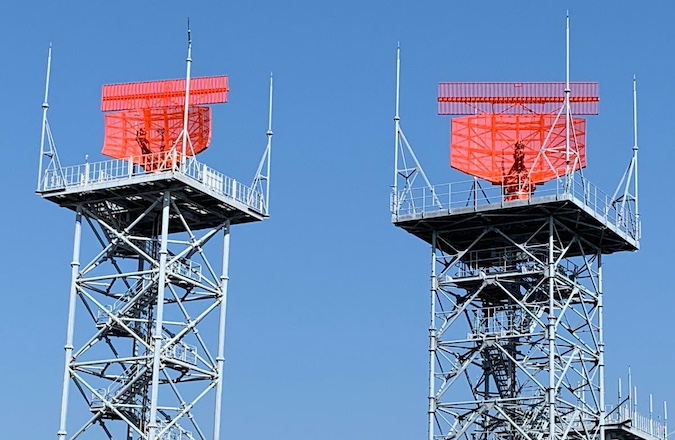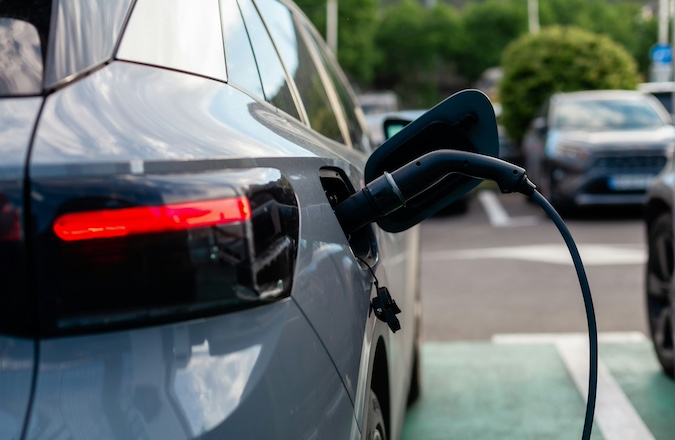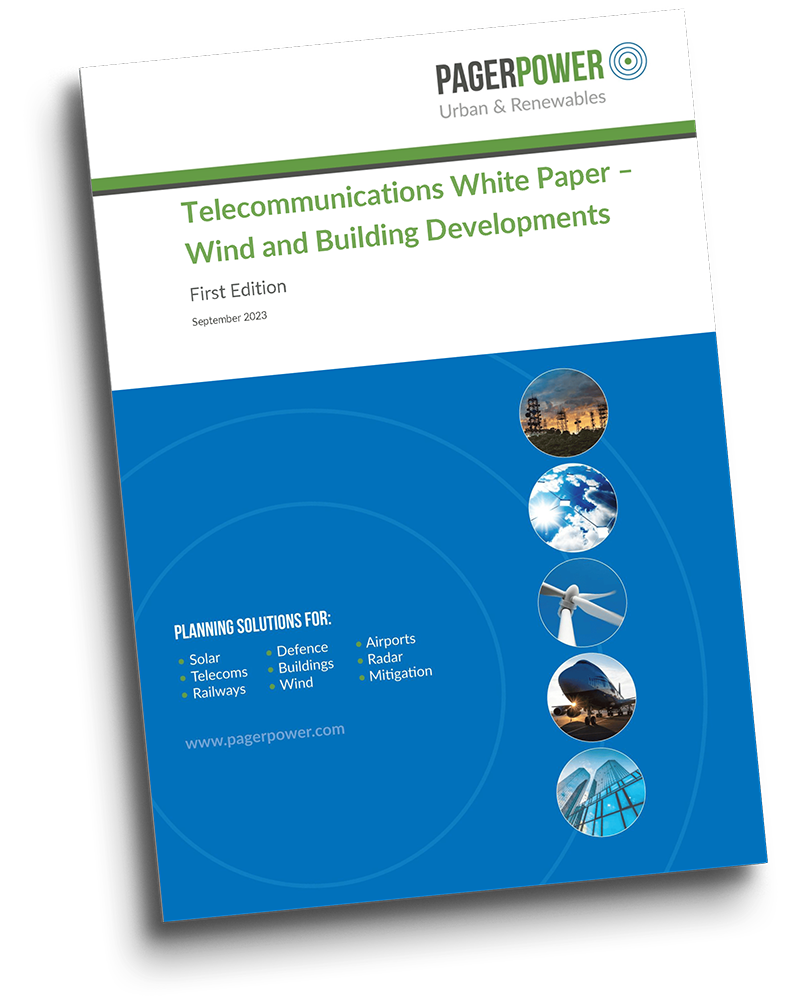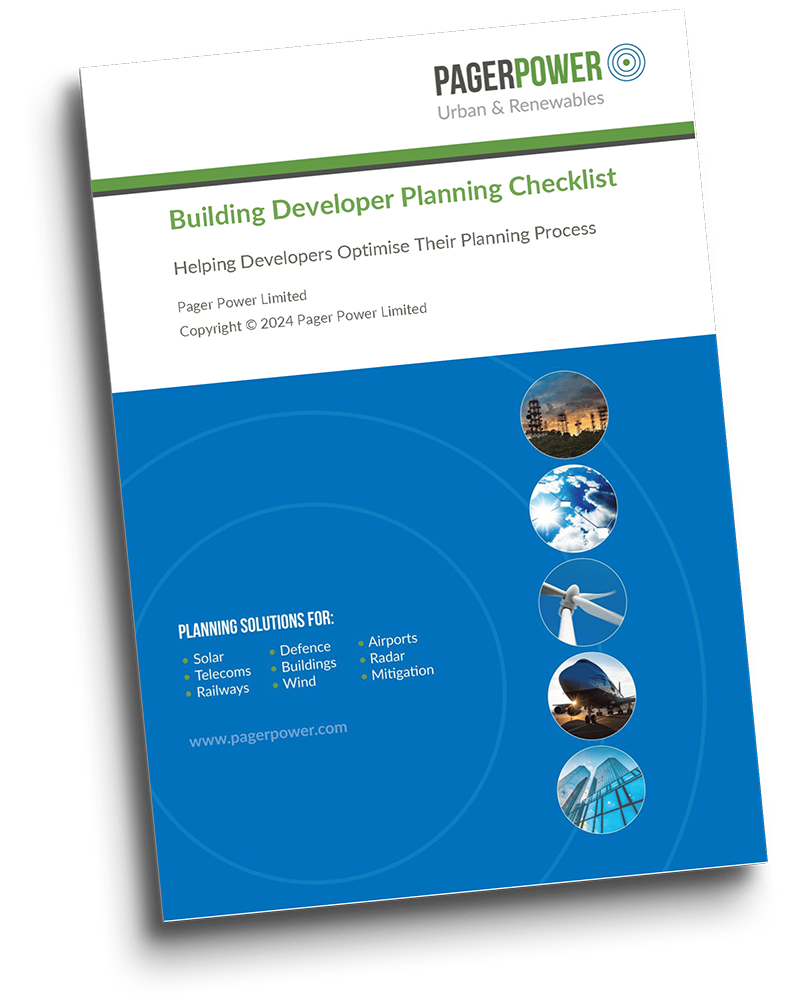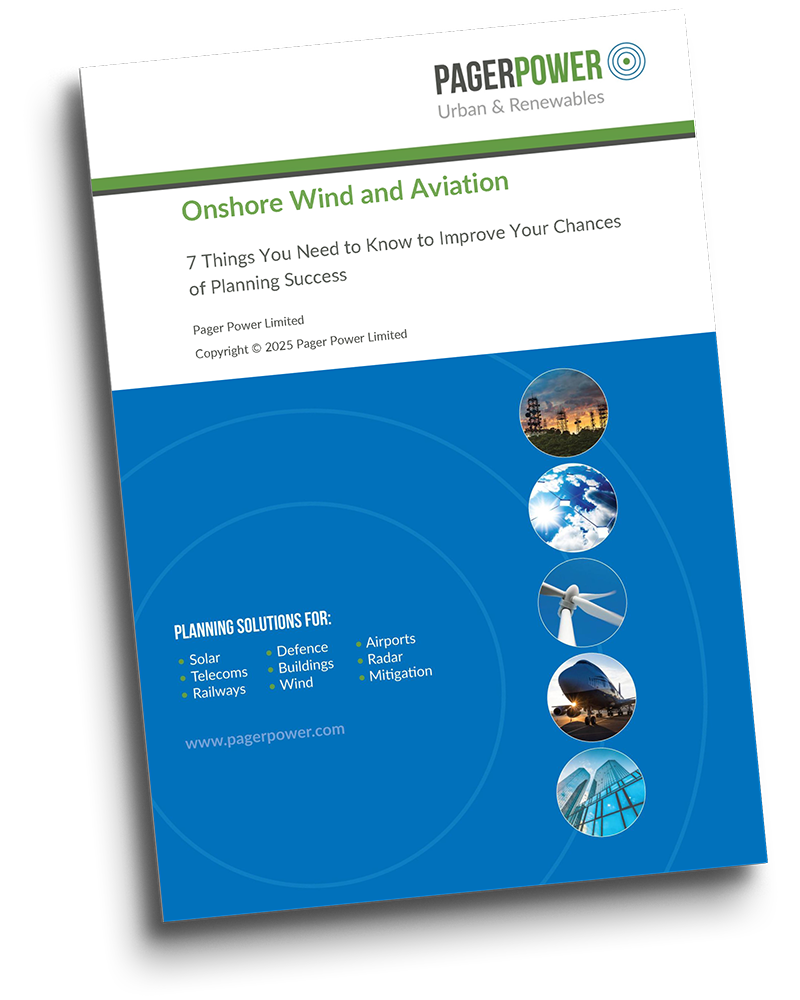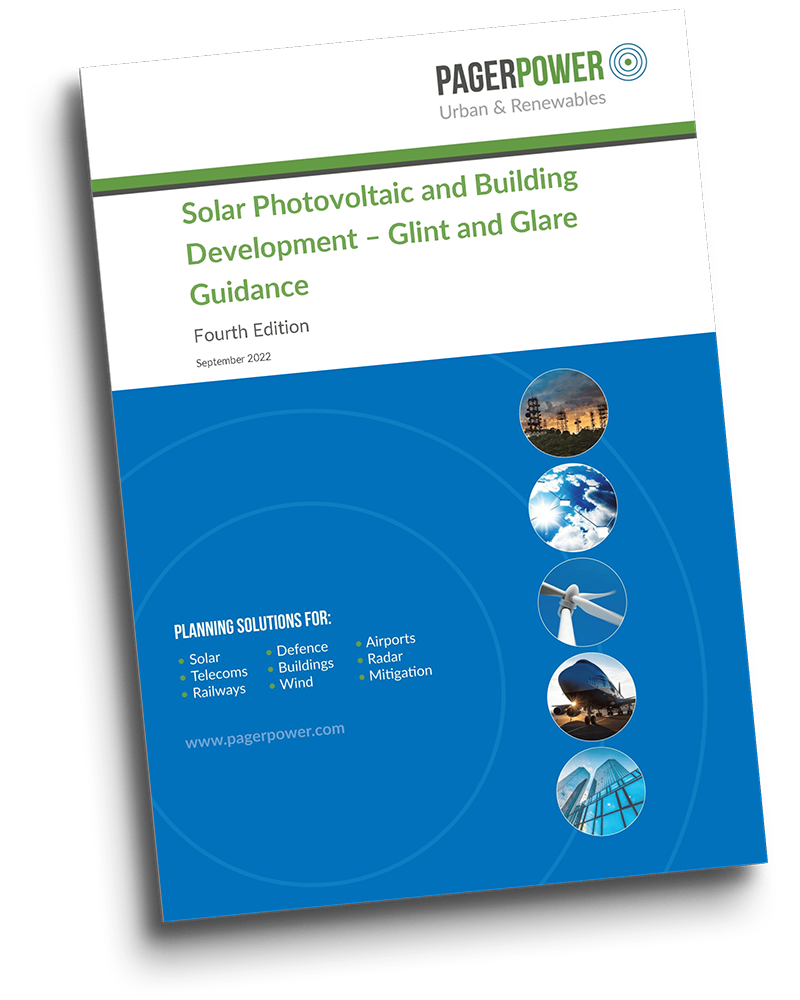The Complexities of Wind Turbine Aviation Lighting
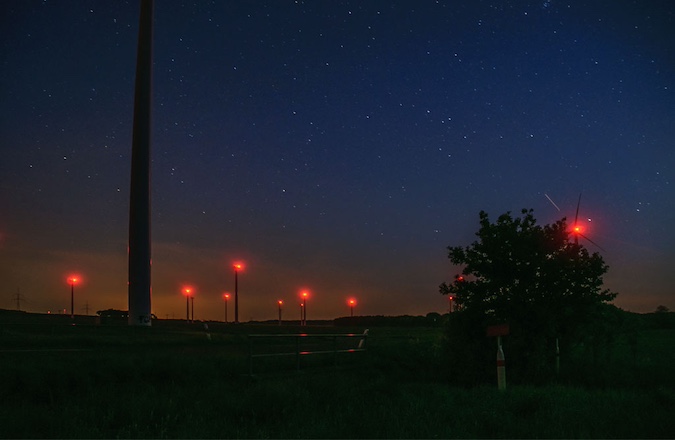
As we build towards a Net Zero economy, wind turbines are only going to continue getting bigger. This has many knock-on implications, including impacts on aviation, landscape, noise, and many other important environmental factors that are key considerations in planning. This article, however, focuses on the niche area of wind turbine lighting. Simple on the face of it, but increasingly complex the more one looks into the vast array of guidance that surrounds the topic.
There are now many factors to consider when proposing aviation lighting on turbines, and it is vital that the needs and requirements of different stakeholders are balanced effectively. Therefore, to devise an effective lighting scheme, safety, amenity, and technical impacts must all be considered, with this article exploring the niche of aviation lighting in greater depth.
This article is not intended to be a detailed overview of the guidance and legislation around aviation lighting. Instead, it is intended to provide a better understanding of why aviation lighting is not as simple as it may first appear. The article also has primarily a UK-focus, however a lot of considerations are applicable internationally due to the similarities of the lighting guidance produced by ICAO and EASA.

Wind turbine lighting at night.
Aviation Lighting Legislation
In the UK, there are many guidance documents that must be considered when developing a lighting scheme, however only one has been passed as law at the highest levels of Government – this is the Air Navigation Order (ANO) 2016. The ANO is a series of laws developed to ensure that aviation safety and security are upheld, and covers a wide range of areas around aviation.
The relevant section of the ANO is Part 8 of the document, which is titled ‘Aerodromes, lighting and en-route obstacles’. In this section it states that any object deemed to be an ‘en-route obstacle’ (any building, structure or erection, the height of which is 150 metres or more above ground level) must be lit, except that ‘this article does not apply to any en-route obstacle for which the CAA has granted a permission to the person in charge permitting that person not to fit and display lights’. In simple terms, and excluding any objects in the vicinity of licensed aerodromes, any structure that is 150m or more above ground level must be lit unless the CAA say otherwise. This opens up the possibility for many variations and interpretations of safe aviation lighting, and other guidance documents seek to fill this gap with additional guidance in this area.
Aviation Lighting Guidance
Wind turbines are different from tall buildings in that they are more likely to be located in rural areas, are likely significantly taller than the majority of other objects that surround them and cannot be lit at their highest point (instead, the nacelle will be lit). Intermediate lights are more difficult to implement due to numerous technical and practical reasons, which means they are therefore more likely to be omitted or reduced in number. Guidance for wind turbines therefore differs when compared to the lighting of static structures, with the most relevant applicable wind turbine guidance documents at the time of writing being presented in the table below.
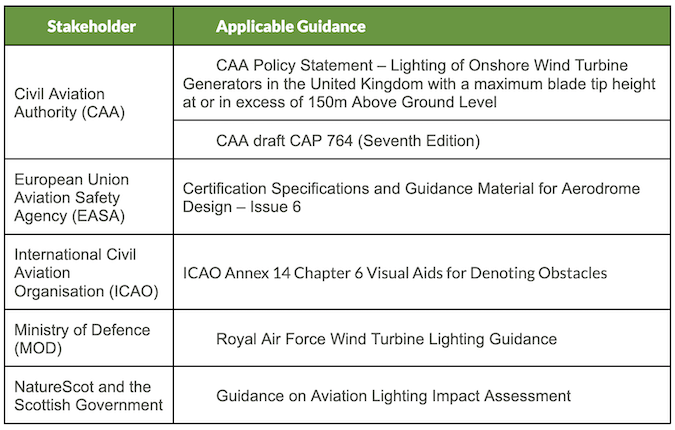
Summary of applicable aviation lighting guidance.
Each of the different guidance documents presents similar positions regarding safe aviation wind turbine lighting that can be achieved however some go further than others, making it ambiguous as to what rules apply where. In particular, CAP 764 provides additional information on how lighting can be safely reduced beyond simply lighting all turbines on their nacelle with 2,000 candela steady red lights. CAP 764 gives guidance on how you can light perimeter or cardinal turbines based on distances and tangential lines between neighbouring turbines, however this needs to be considered pragmatically. For example, what do you do if you are 5m beyond the stated distance for which a rule applies? What about turbine microsighting and how this can affect the real location of turbines once construction starts? What about neighbouting turbines and how they are lit? Do you go for lighting conformity for an aesthetically pleasing scheme, or do you apply the latest rules? There is also the consideration of neighbouring wind developments that are going through the planning process simultaneously whose presence, or lack thereof, could have implications for how you can light the turbines. All of these factors, among others, need to be considered when proposing a lighting scheme, and it then needs to be signed off by the relevant stakeholders.
There are other factors to consider, as stated within NatureScot guidance, which include automatic dimming, vertical directional intensity to reduce downward spill, and a reduced lighting scheme (as already discussed). There is also the possibility to implement an Aircraft Detection Lighting System; however, the implementation of this in the UK is still in its early stages. On this basis, wind turbine lighting schemes may look different depending on who is developing them. Pager Power’s approach is to balance amenity and practicality, with a key focus on aviation safety.
Conclusions
Aviation lighting guidance is complex, and it is essential that a suitable scheme is developed that is acceptable in terms of safety but also balances other key issues around the presence of additional lighting in a (likely) rural environment. Key stakeholders need to be able to sign off on the scheme. Most notably, this will be the CAA, but the MOD or a more local aviation stakeholder, such as an airport, may also take a position for certain projects. The scheme also needs to balance other considerations, such as impacts on the landscape and visual amenity issues, including dark skies requirements. Failure to do so can cost a project time and money, and disrupt the planning process through the need for additional consultation. Therefore, ensuring a wind development has a lighting scheme that sees it lit correctly to facilitate the least amount of negotiation is key to ensuring this aspect of a project flows smoothly.
Speak to an Expert
We have developed and devised many aviation lighting schemes for wind and building developments in the UK and internationally, and we can help you understand the legislation and guidance to develop a lighting scheme that is right for your development. If you are interested in finding out more about our expertise in wind planning support and how we can help you, click here.
To make an enquiry, give us a call on +44 (0)1787 319001, email our team directly or send an email to info@pagerpower.com.
About Pager Power
Pager Power is a dedicated technical consultancy that has been providing independent guidance and advice regarding wind, solar and building developments in the UK and internationally since 2002.
Further details about the services we provide can be found here. Pager Power has completed over 1,600 glint and glare assessments, over 1,000 aviation/radar impact assessments, over 500 television and radio reception surveys, and over 500 telecommunications impact assessments.
Finally, a link to our testimonials page can be found here.
Image accreditation: Georgfotoart (2016) from wikimedia commons. Last accessed on 20th October 2025. Available at: https://commons.wikimedia.org/wiki/File:Windpark_Ferchland-Nielebock_03.jpg

